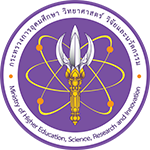Oct 22 | 2019
Asia holds enormous potential for EdTech producers.
This is a massive continent, the world’s most populated, with an enormous range of cultures. This feeds into a multitude of education systems, shifting from country to country, province to province, city to city.
However, there are some unifying themes that bring together educational practice throughout Asia. The below are amongst the top trends in Asian education and regional EdTech development.
Artificial intelligence and machine learning will be everywhere soon. Helping us make deeper informed decisions, spot patterns in data and information, and lay the foundations of a smarter world, AI is full of promise – especially in education technology.
According to a report from Global Market Insights, AI in Asia-Pacific is set to grow at a compound annual growth rate (CAGR) of more than 51% by 2024. Over $1bn has been invested in AI solutions in China alone as of 2019.
So, how can this aid education? There are multiple ways in which smart machine learning can aid Asian classroom leaders. These include classifying learning resources to inform best practice, manage complexity of student-centred or project-based teaching and learning methods, and analyse data to pull out actionable outcomes.
For instance, this can measure student engagement, with either material or school in general, to spot underperforming students, so teachers can cater to their specific needs and isolate and solve their problems. When paired with personalised learning, machine learning can greatly improve student wellbeing.
There is also another aspect AI can help with, particularly in international schools, which is translation. Microsoft’s Presentation Translator, for instance, translates real-time speech to text using speech recognition, allowing students and pupils to learn in their own native language.
High smartphone penetration helps draw together learners in less-developed areas of Asia. Massive Open Online Courses (MOOC) and virtual-learning environments are connecting these pupils and students with education leaders, particularly in remote the continent’s remote or rural regions.
Indonesia, China, and India are amongst the top purchases of mobile learning tech anywhere in the world and are certainly market leaders in Asia.
Remote learning is key to supplying a solid, balanced education throughout Asia, which mobile apps are helping to achieve.
One of the most succesful is Byju, an education app packed with content for all key stages in the Indian curriculum. A flaw in India’s education system is a lack of qualified teachers, so this mobile app plugs the gap, allowing users to get a proper education, linked to various Indian syllabuses.
More than 30 million learners at Byju learners, which is why the company now holds a market capitalisation of more than $5bn.
Up to 77% of jobs in the coming decades will require technology skills. Driving 21st century readiness into learners across every education level is of high importance globally, and certainly in Asia.
Educators are doing their best to equip their charges with both digital hard and cognitive soft skills to get them digitally ready. Online learning is proving a useful tool by providing practical platforms to learn a variety of skills necessary for the coming tech-led world.
EdTech also familiarises Asian students with various different systems, applications, and software they may be using later in life.
Indeed, many Asian curriculums are shifting towards digital readiness. The Philippines’ K-12 education system incorporates “Media and Information Literacy” as a core subject, for example.
Wealth and societal gaps unfortunately exist in Asian countries. The needs of privately-schooled students will therefore differ from those who rely on the state for schooling. And, of course, different learning abilities will also require a different approach.
This can all be achieved by personalised learning. This is not a new concept, but one that has been imbedded into curricula and education systems throughout Asia.
In this way, it can better address the distinct learning needs of individual students. With the rise of data and analytics, tailored strategies can be formulated for each student, and implemented via digital education solutions without having to hire additional teachers—a limited resource in many areas of Asia.
This is particularly true with AI. Analyses of a student’s performance, particularly their weaknesses, can guide teachers towards the correct, personalised revision plans. In this way, the pupil can address their own specific learning challenges in a way unique to them for better outcomes.
APAC is one of the globe’s top regions for virtual reality and immersive tech. China alone is forecast to be responsible for $1 out of every $5 spent on development of VR technology by 2022. Headsets are selling in their millions.
Where does education fit into this virtual revolution? It’s all about giving pupils an immersive experience that takes them out of the out of the classroom virtually, without doing so physically; so, think of things virtual labs or field trips that transport learners to another place digitally.
In this way, pupils can let their imaginations run wild, as well as getting “hands-on” with topics, locations, and ideas they wouldn’t normally have access to.
Of course, it is not just learners that can benefit from VR. Educators too can pep up their own skills. Simulated classrooms, for instance, let teachers pick up competencies such as classroom management, and other skills that can’t be taught in the lecture theatre.
Often these simulations are enriched with unique user learner profiles and specific tasks, letting education leaders deal with a wide breadth of different pupil abilities and attitudes, before they apply this to a real-world scenario.
Are you an EdTech innovator? Bett Asia will help you reach a wide audience of over 2,600 government figures, teachers and education leaders, and more industry professionals in one of the most exciting and largest education technology markets in the world.
Enquire about your participation options today.
However, there are some unifying themes that bring together educational practice throughout Asia. The below are amongst the top trends in Asian education and regional EdTech development.
Top trends empowering Asia’s EdTech sector
AI
Artificial intelligence and machine learning will be everywhere soon. Helping us make deeper informed decisions, spot patterns in data and information, and lay the foundations of a smarter world, AI is full of promise – especially in education technology.
According to a report from Global Market Insights, AI in Asia-Pacific is set to grow at a compound annual growth rate (CAGR) of more than 51% by 2024. Over $1bn has been invested in AI solutions in China alone as of 2019.
So, how can this aid education? There are multiple ways in which smart machine learning can aid Asian classroom leaders. These include classifying learning resources to inform best practice, manage complexity of student-centred or project-based teaching and learning methods, and analyse data to pull out actionable outcomes.
For instance, this can measure student engagement, with either material or school in general, to spot underperforming students, so teachers can cater to their specific needs and isolate and solve their problems. When paired with personalised learning, machine learning can greatly improve student wellbeing.
There is also another aspect AI can help with, particularly in international schools, which is translation. Microsoft’s Presentation Translator, for instance, translates real-time speech to text using speech recognition, allowing students and pupils to learn in their own native language.
Mobile learning
High smartphone penetration helps draw together learners in less-developed areas of Asia. Massive Open Online Courses (MOOC) and virtual-learning environments are connecting these pupils and students with education leaders, particularly in remote the continent’s remote or rural regions.
Indonesia, China, and India are amongst the top purchases of mobile learning tech anywhere in the world and are certainly market leaders in Asia.
Remote learning is key to supplying a solid, balanced education throughout Asia, which mobile apps are helping to achieve.
One of the most succesful is Byju, an education app packed with content for all key stages in the Indian curriculum. A flaw in India’s education system is a lack of qualified teachers, so this mobile app plugs the gap, allowing users to get a proper education, linked to various Indian syllabuses.
More than 30 million learners at Byju learners, which is why the company now holds a market capitalisation of more than $5bn.
21st century skill development
Up to 77% of jobs in the coming decades will require technology skills. Driving 21st century readiness into learners across every education level is of high importance globally, and certainly in Asia.
Educators are doing their best to equip their charges with both digital hard and cognitive soft skills to get them digitally ready. Online learning is proving a useful tool by providing practical platforms to learn a variety of skills necessary for the coming tech-led world.
EdTech also familiarises Asian students with various different systems, applications, and software they may be using later in life.
Indeed, many Asian curriculums are shifting towards digital readiness. The Philippines’ K-12 education system incorporates “Media and Information Literacy” as a core subject, for example.
Personalised learning
Wealth and societal gaps unfortunately exist in Asian countries. The needs of privately-schooled students will therefore differ from those who rely on the state for schooling. And, of course, different learning abilities will also require a different approach.
This can all be achieved by personalised learning. This is not a new concept, but one that has been imbedded into curricula and education systems throughout Asia.
In this way, it can better address the distinct learning needs of individual students. With the rise of data and analytics, tailored strategies can be formulated for each student, and implemented via digital education solutions without having to hire additional teachers—a limited resource in many areas of Asia.
This is particularly true with AI. Analyses of a student’s performance, particularly their weaknesses, can guide teachers towards the correct, personalised revision plans. In this way, the pupil can address their own specific learning challenges in a way unique to them for better outcomes.
VR & immersive technology
APAC is one of the globe’s top regions for virtual reality and immersive tech. China alone is forecast to be responsible for $1 out of every $5 spent on development of VR technology by 2022. Headsets are selling in their millions.
Where does education fit into this virtual revolution? It’s all about giving pupils an immersive experience that takes them out of the out of the classroom virtually, without doing so physically; so, think of things virtual labs or field trips that transport learners to another place digitally.
In this way, pupils can let their imaginations run wild, as well as getting “hands-on” with topics, locations, and ideas they wouldn’t normally have access to.
Of course, it is not just learners that can benefit from VR. Educators too can pep up their own skills. Simulated classrooms, for instance, let teachers pick up competencies such as classroom management, and other skills that can’t be taught in the lecture theatre.
Often these simulations are enriched with unique user learner profiles and specific tasks, letting education leaders deal with a wide breadth of different pupil abilities and attitudes, before they apply this to a real-world scenario.
Bett Asia: Where EdTech calls home
Are you an EdTech innovator? Bett Asia will help you reach a wide audience of over 2,600 government figures, teachers and education leaders, and more industry professionals in one of the most exciting and largest education technology markets in the world.
Enquire about your participation options today.
.png?ext=.png)

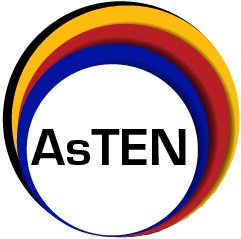
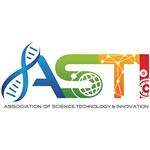




.png?ext=.png)


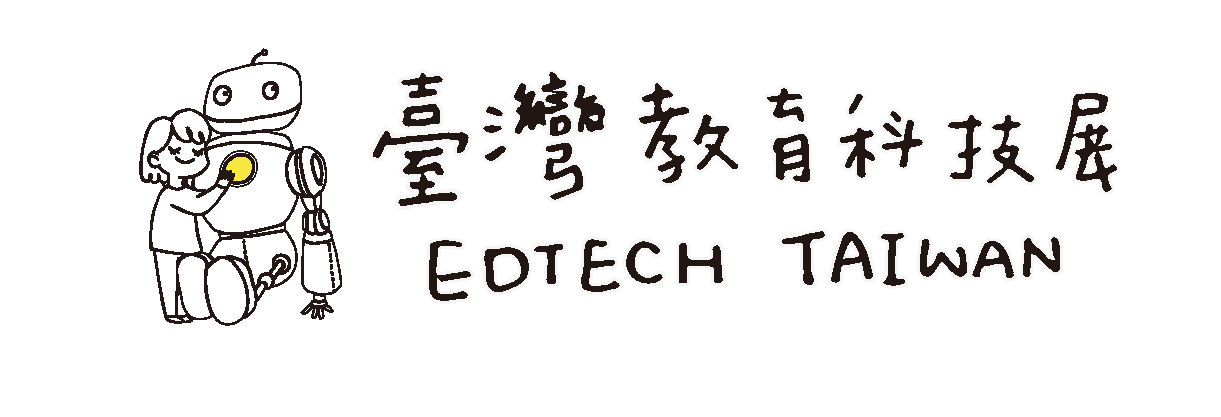

.png?ext=.png)
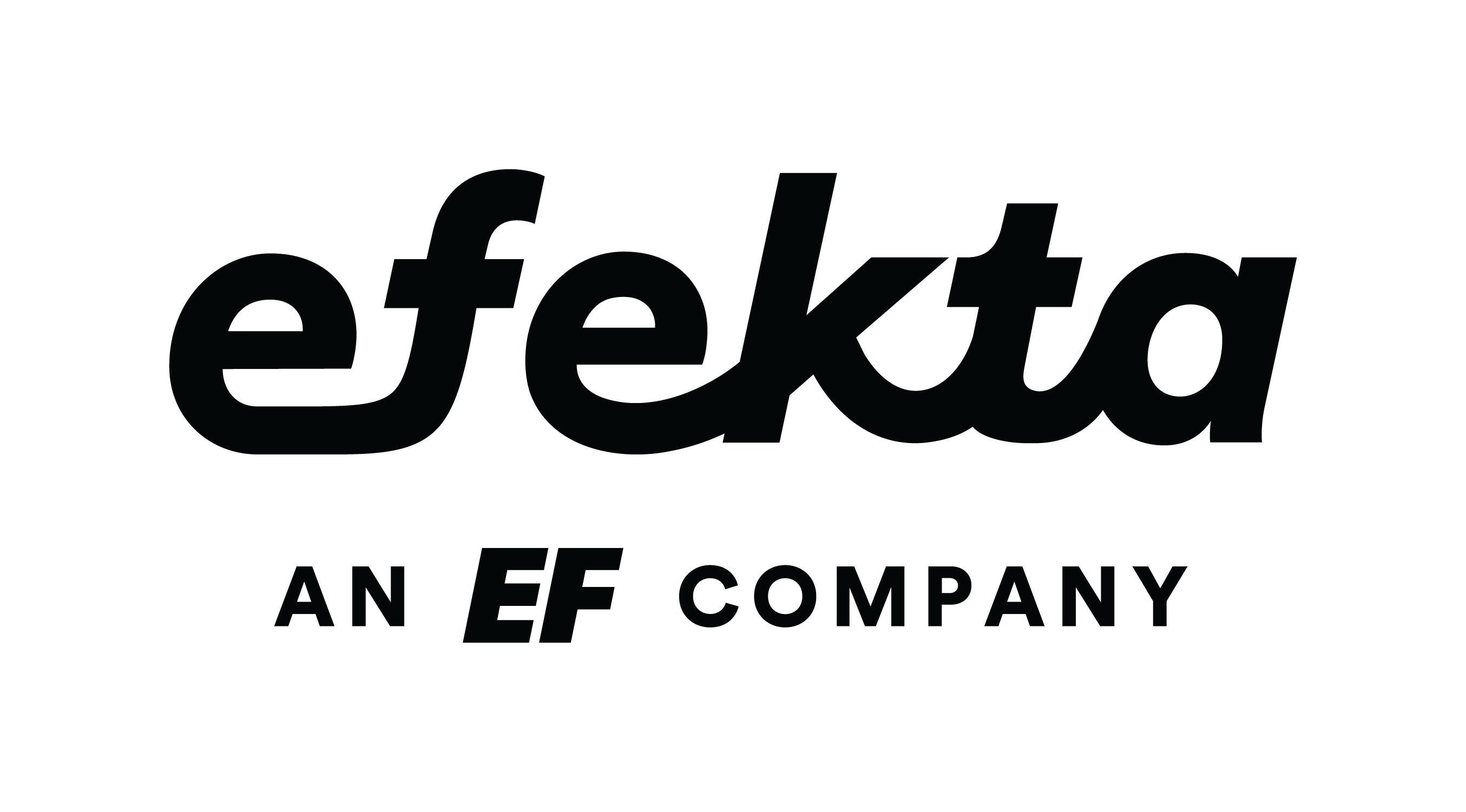


.png?ext=.png)







.png?ext=.png)
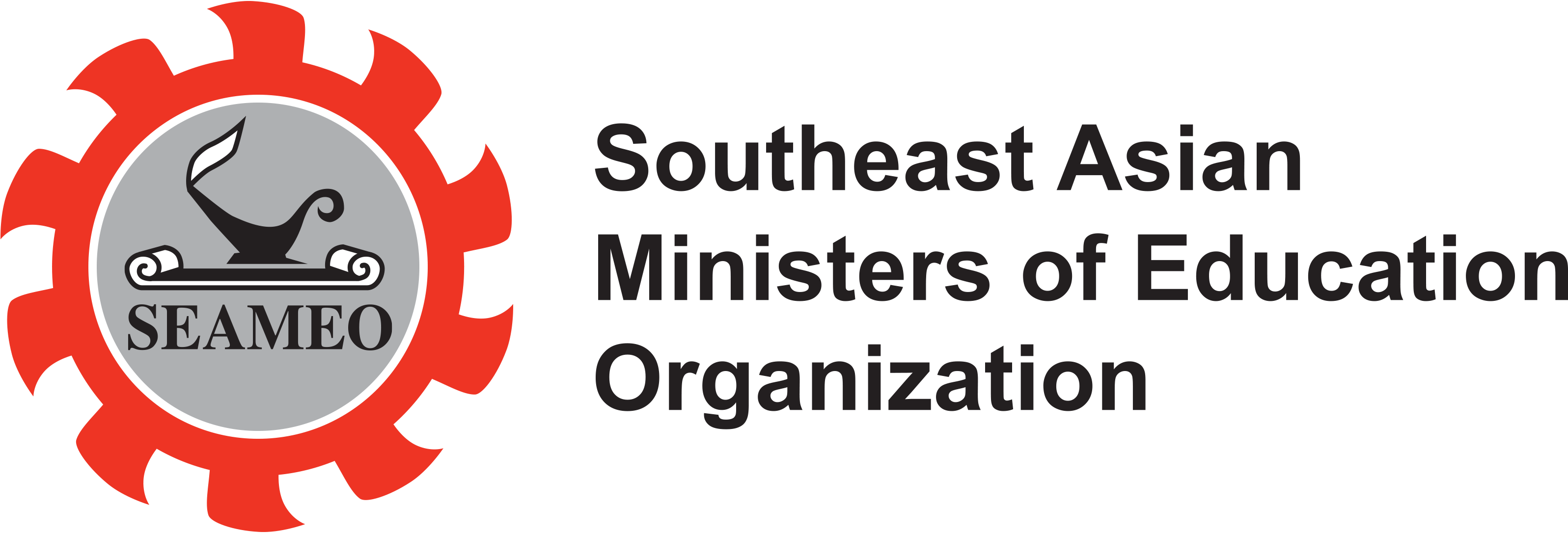
.png?ext=.png)

.png?ext=.png)

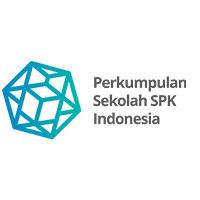

-4000px-(2).png?ext=.png)
